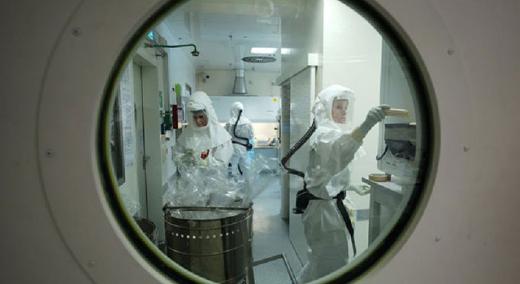The origin of SARS-CoV-2 remains a mystery. One theory is that the coronavirus that causes Covid-19 was transmitted from animals to humans—a fairly common occurrence. Another is that it came from a laboratory accident—a more infrequent circumstance.
|
ADVERTISEMENT |
Around the world, scientists conduct many kinds of biological research experiments, from basic studies exploring how living systems operate to synthesizing novel organisms. Applications range from developing medical treatments to protecting the food supply to modifying bacteria to cleaning up oil spills and much more. A subset of experiments may also involve gain-of-function research, which involves modifying an organism to gain a new property or ability.
…

Add new comment